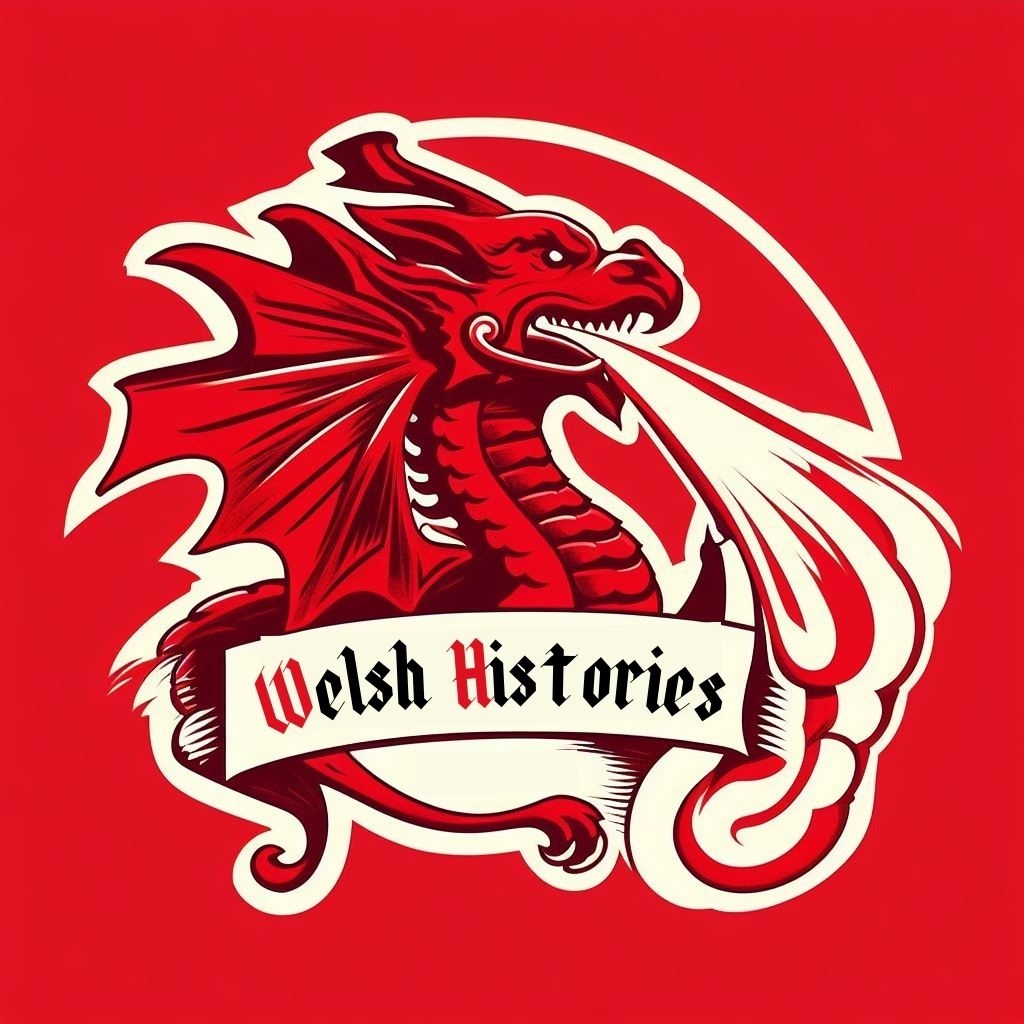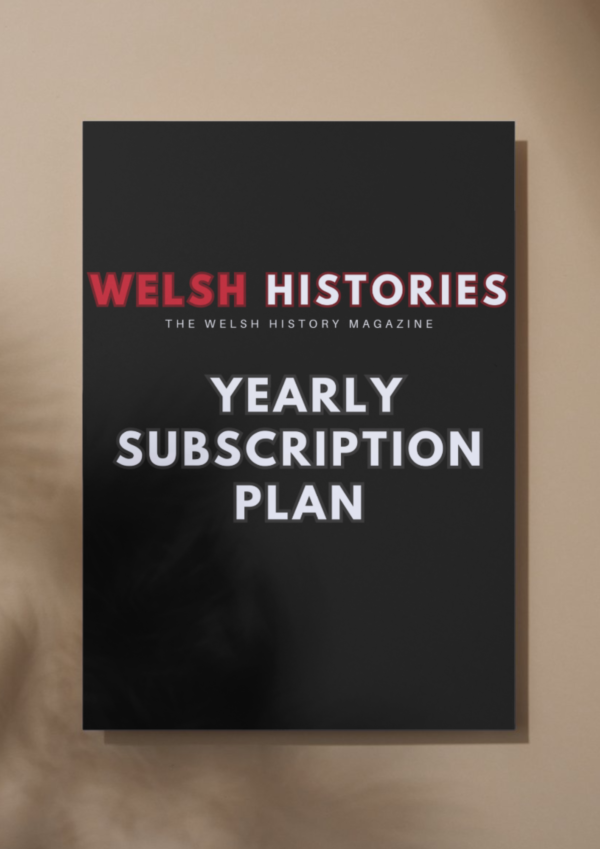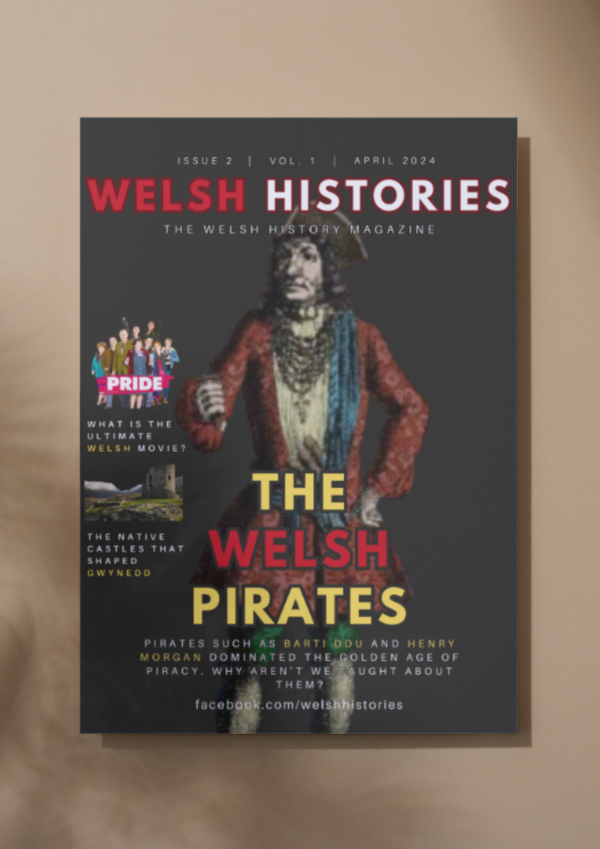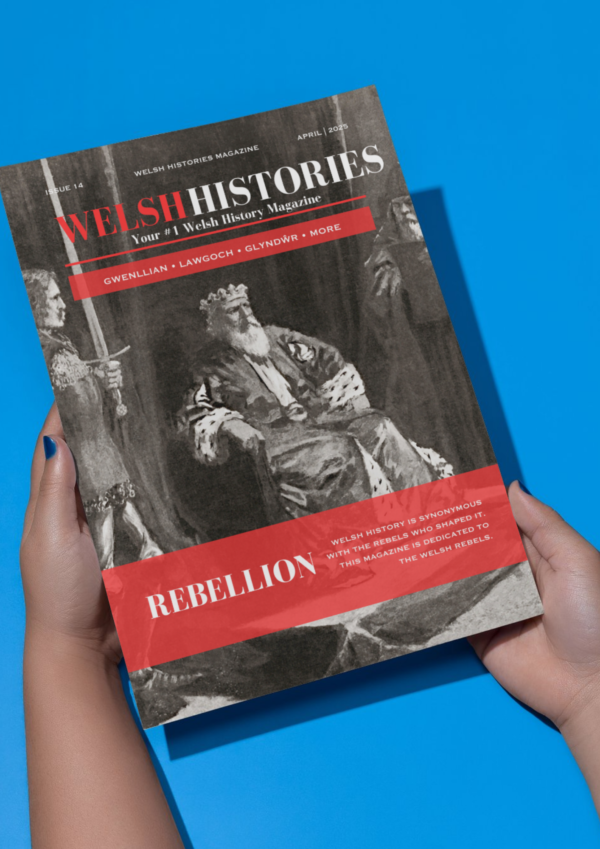Your basket is currently empty!
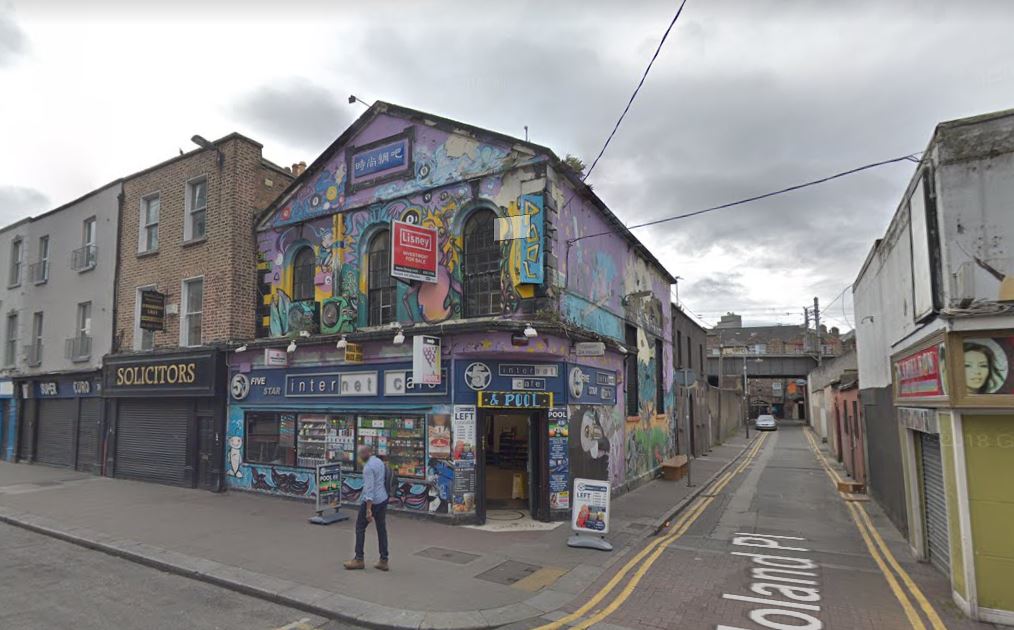
“Although Going Through Troubled Times, the Chapel Kept Going.” Welsh Chapel in Dublin, a Must-Visit for Welsh Tourists
The Welsh would gather around the church together with the intention that an hour spent in prayer house is an hour less spent in public house.
I have walked past this building in Dublin, Ireland, a couple of times and never realised it has such strong Welsh connections. Here’s a history of Bethel Church, also known as the Welsh Chapel, on Talbot Street.
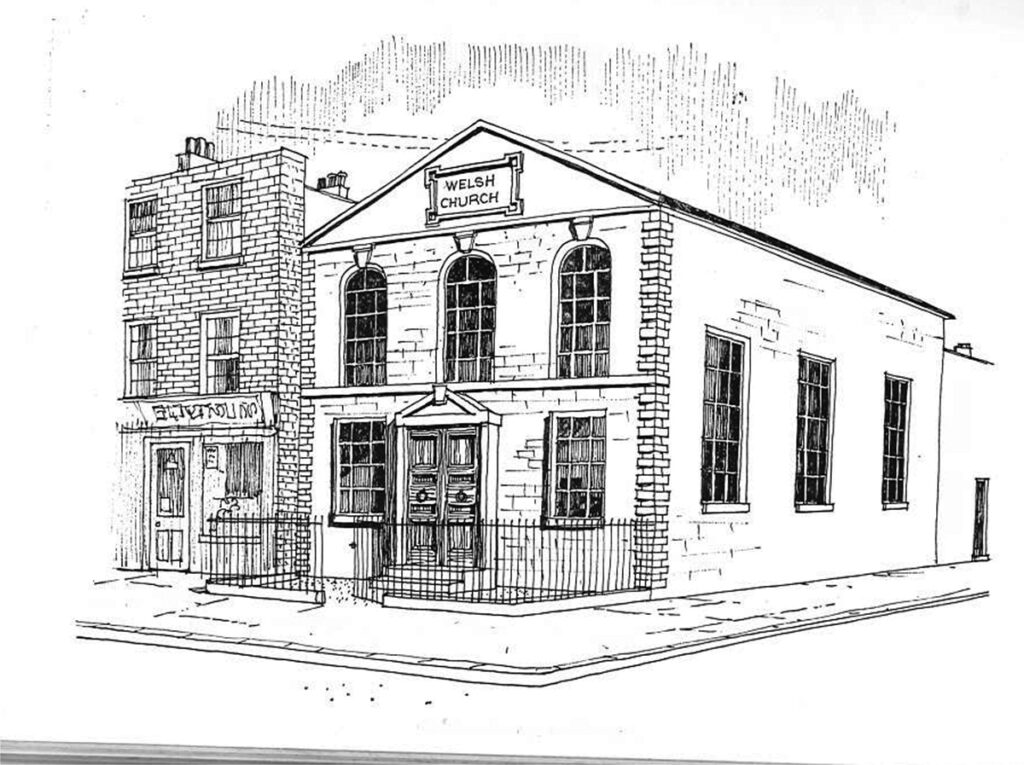
Built in 1838, the church was established so that Welsh sailors of the Welsh Methodist denomination could worship in Cymraeg. With Dublin and Caergybi (Holyhead) having long been connected by their ports, an influx of Welsh sailors meant that there needed to be somewhere to pray.
Bethel Church’s founding stone was placed in 1838 on land acquired by John Roberts, a business man from Caergybi, thanks mostly to the efforts of the first pastor, Rev Robert Williams.
Aside from the Welsh sailors, the building itself is very Welsh, too – it cost £500 to build at the time and was partially built using Whitland granite from southwest Cymru.
Admiring the Welsh community, the finance minister of the Irish government explained on the Welsh chapel:
”When I joined the Gaelic League and began to learn Irish, one of my fellow members told me, almost with bated breath, that the Welsh community in Dublin had its own church in which services were conducted in Welsh. I went there one Sunday morning to revel in the sound of a language closely related to Irish. That little Welsh-speaking congregation, maintaining its individuality in a foreign city, made a profound impression on me.
However, there was another side to this, given the troubled history of Ireland. Although members of the chapel were never attacked, there was animosity towards Protestants in Parnell’s day, in particular after the failure to achieve self-government, the common feeling among the Irish being that opposition from Protestants was one of the reasons for the failure. During this period, stones were thrown at the chapel, causing windows to be broken. One member was so afraid that he came to the service with a revolver in his pocket. In the same way, the Easter rebellion in 1916 caused difficulties, and it was necessary to close the chapel for over a week because of the fighting. During the rebellion, so it’s said, the minister John Lewis received a bullet through his hat brim.”
READ NEXT
“Why is Welsh Different to English When We’re Neighbours?” Woman Explains the Difference
“Welsh is Beautiful!” The Launch of Fantasy Video Game Based on Welsh Folklore
What Impact Did Tudors Have on Cymru?
Cymru’s Worst Ever Tornado Tragedy from Over a Century Ago that Many Have Forgotten Today
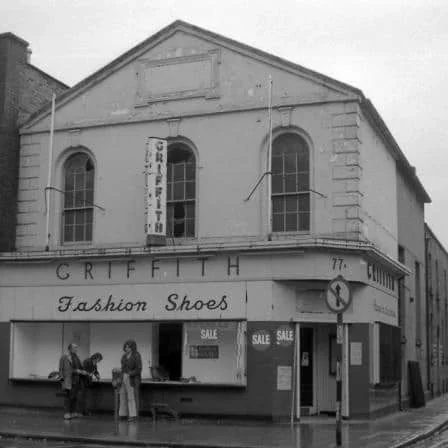
Unfortunately, the chapel was finally closed down after all the trouble it had to go through. “Although going through troubled times, the chapel kept going, even though the number of members became fewer each year. In December 1939 the monthly meeting in Llangefni decided to close the chapel for the duration of the war, because of the difficulties involved in ministers crossing the sea for the services. In August 1944 it was reported in the monthly meeting in Cefn Bach that the chapel had been sold, and that was the end of the only chapel of the Calvinistic Methodists that has existed in Ireland.”
The chapel, finally closed in 1938–was soon to be bought by William Griffith, a boot merchant, who started his shop there, titled as, ‘Griffiths.’ The title can be seen still to this day, despite the shop now being turned into an internet cafe.

Share us your thoughts on niklas@welshhistories.co.uk
Bestseller
More from Welsh Histories
Welsh Histories is a Welsh history celebrating platform which looks to promote all aspects of Welsh history. Though we focus predominantly on native Welsh history, we do also share the non-native aspects from time to time. You can follow us on Facebook; Instagram or Twitter for more. A reader? We also have our very own Welsh Histories Shop where we sell our Welsh Histories Magazine. Diolch yn fawr iawn and keep enjoying Welsh Histories.
Sally is a proud wife of a Welshman, editor & writer of Welsh Histories. She’s all about stories—that shout ‘anything Welsh.’ Drop her an email if you have an advice, insight, experience, or a story to share.
